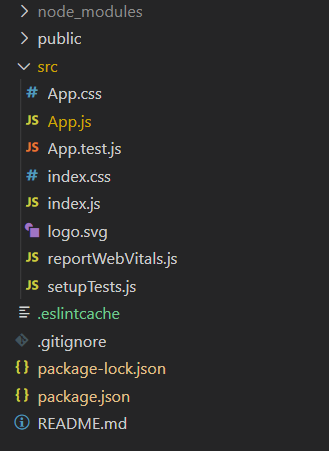ReactJS Evergreen TextInput Component
Last Updated :
11 Jun, 2021
React Evergreen is a popular front-end library with a set of React components for building beautiful products as this library is flexible, sensible defaults, and User friendly. TextInput Component allows the user to type the input text through a text input field. We can use the following approach in ReactJS to use the Evergreen TextInput Component.
TextInput Props:
- required: The input element is required when this is set to true.
- disabled: The input element disabled when this is set to true.
- isInvalid: It is used to set the visual styling of _only_ the text input to be invalid.
- spellCheck: It is used for the native spell check functionality of the browser.
- placeholder: It is used to denote the placeholder text.
- appearance: It is used for the appearance of the TextInput.
- width: It is used to denote the width of the TextInput.
- className: It is used to pass the class name to the button.
TextInputField Props:
- label: It is used to denote the label used above the input element.
- labelFor: It is used to denote the passed on the label as a htmlFor prop.
- required: It is used to indicate whether to show an asterix after the label or not.
- description: Defines optional description of the field which is under the label and above the input element.
- hint: It is used to define an optional hint under the input element.
- validationMessage: It is used to show a validation message.
- inputHeight: It is used to denote the height of the input element.
- inputWidth: It is used to denote the width of the input width.
Creating React Application And Installing Module:
-
Step 1: Create a React application using the following command:
npx create-react-app foldername
-
Step 2: After creating your project folder i.e. foldername, move to it using the following command:
cd foldername
-
Step 3: After creating the ReactJS application, Install the required module using the following command:
npm install evergreen-ui
Project Structure: It will look like the following.

Project Structure
Example: Now write down the following code in the App.js file. Here, App is our default component where we have written our code.
App.js
import React from 'react'
import { TextInput } from 'evergreen-ui'
export default function App() {
const [name, setName] = React.useState('')
return (
<div style={{
display: 'block', width: 700, paddingLeft: 30
}}>
<h4>ReactJS Evergreen TextInput Component</h4>
<TextInput
onChange={(e) => setName(e.target.value)}
placeholder="Enter your name"
/> <br></br>
Name: {name}
</div>
);
}
|
Step to Run Application: Run the application using the following command from the root directory of the project:
npm start
Output: Now open your browser and go to http://localhost:3000/, you will see the following output:

Reference: https://evergreen.segment.com/components/text-input
Like Article
Suggest improvement
Share your thoughts in the comments
Please Login to comment...